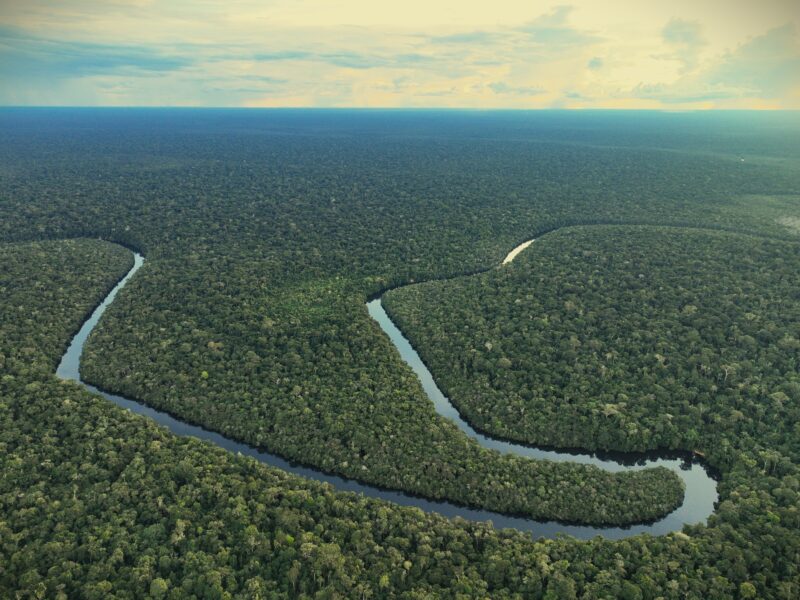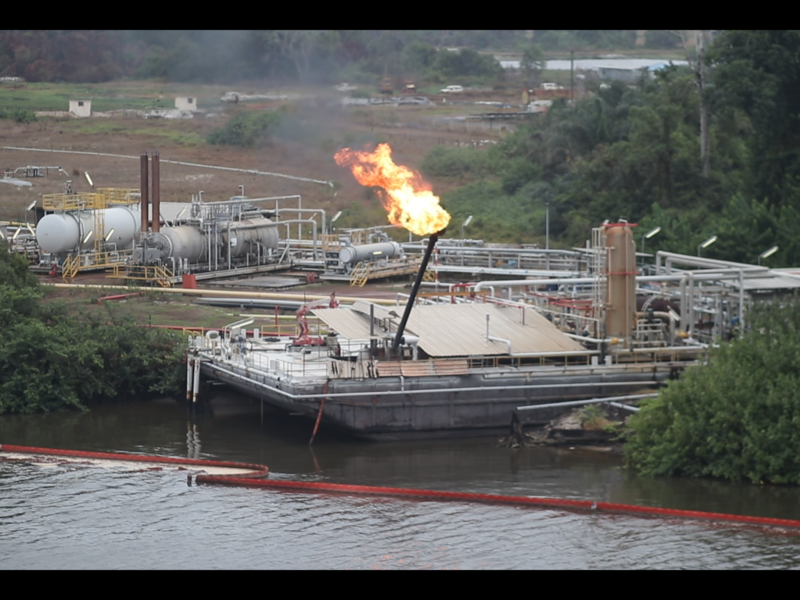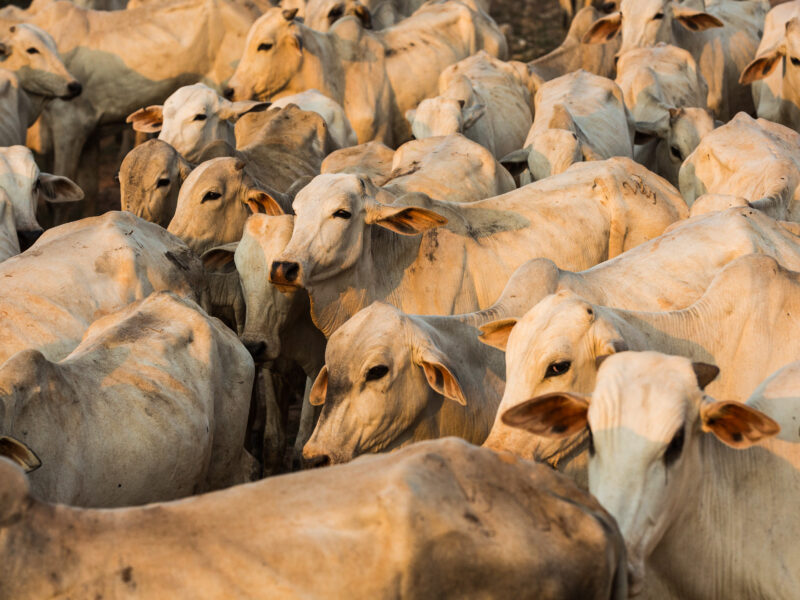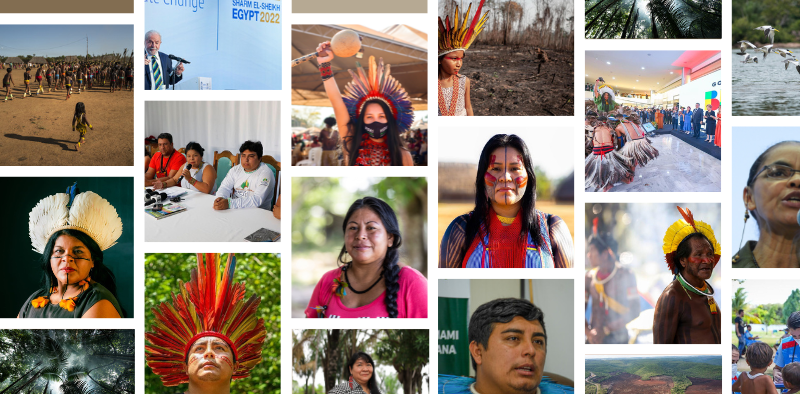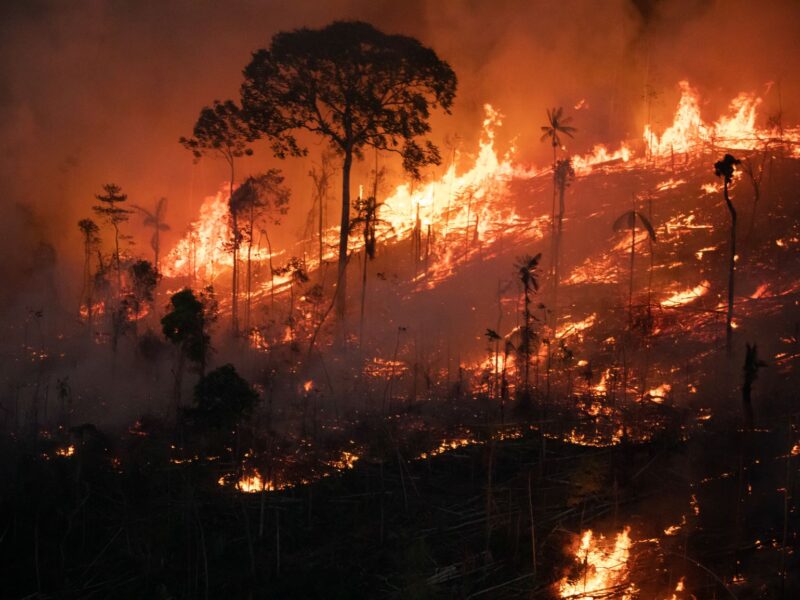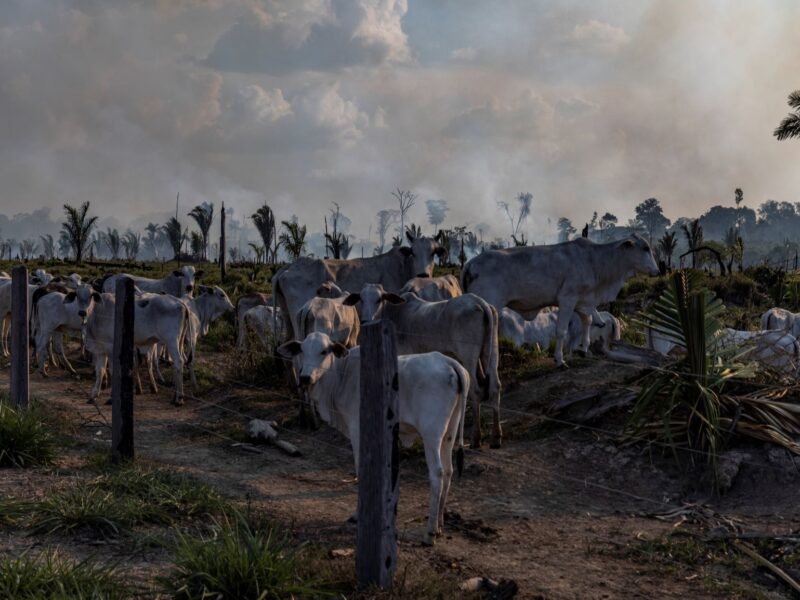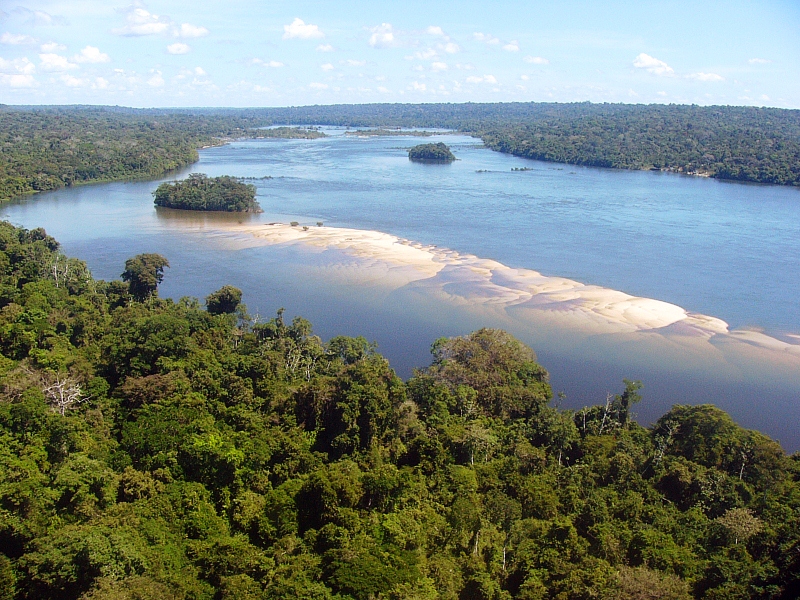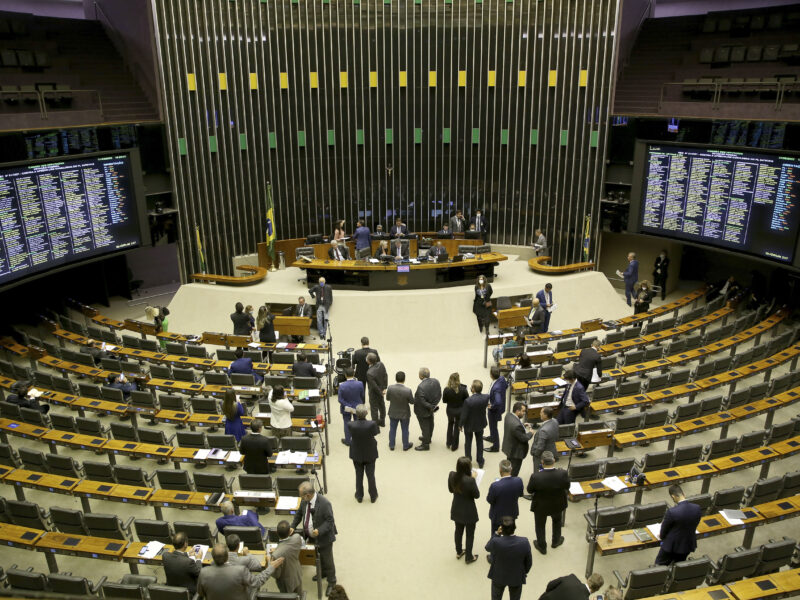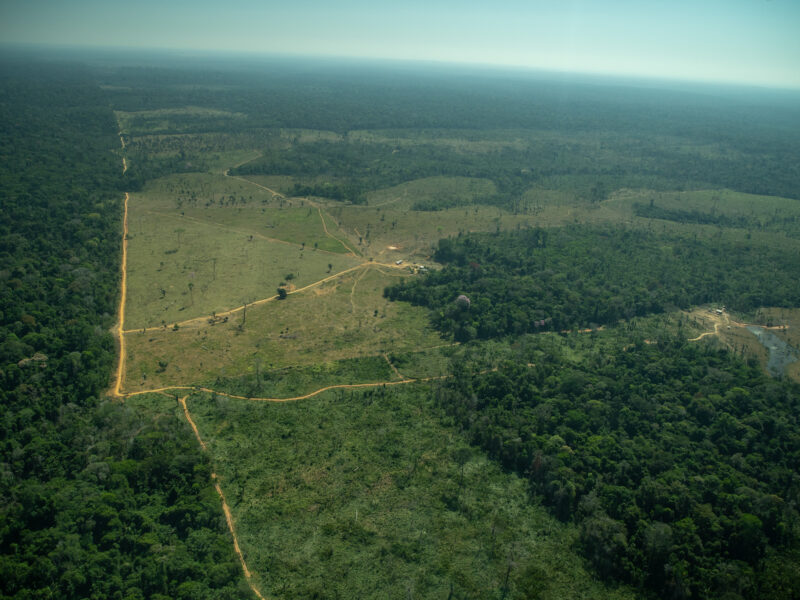The Tabajara Hydroelectric Power Plant (HPP) project will create a 60-square-mile reservoir in Machadinho d’Oeste. In addition to nine indigenous territories, an exclusive joint analysis by InfoAmazonia and Brasil de Fato confirms the influence of the project on seven areas where evidence of uncontacted indigenous groups has been found.
Tag: protected areas
Hydrocarbon licenses and protected areas: Perenco’s global system of abuses
The global investigation “Perenco System” carried out by InfoAmazonia and its international partners reveals the systemic aspect of France’s second largest oil and gas operator abusive extractive practices through the world: Perenco.
Ferrogrão railway line will affect six indigenous lands, 17 conservation units and three isolated tribes
Exclusive survey reveals a much greater impact than estimated by agribusinesses. Ministry of Indigenous Peoples shows concern and demands consultation, but Lula’s minister of transport is optimistic about project launched by Bolsonaro.
The challenge of eliminating deforestation as demand for beef rises
Lula promises to eliminate deforestation by 2030, but projections from the Ministry of Agriculture indicate a 17% increase in beef production in the next ten years, which could lead to the deforestation of one million hectares per year until 2030. Alternatives to further clearing of the forest are the restoration of the pastures and an increase in productivity, allied with oversight measures that put an end to illegal land grabs.
‘The fight goes on’: four indigenous leaders from Amazonia outline their expectations for the next four years
In a conversations with InfoAmazonia, Maial Kaiapó, Samela Sateré-Mawé, Júnior Hekurari Yanomami and Alessandra Korap Munduruku spoke about the historically important establishment of the Ministry of Indigenous Peoples, and the sense of relief following the dismantling of environmental policies.
Accelerated deforestation in the last months of 2022 poses challenges for Lula’s environmental policy
Not only were INPE’s DETER deforestation alerts in 2022 the highest in history, they surpassed the average for the previous 12 months by 25%. The state of Amazonas ranked second among those Brazilian states inside the Legal Amazon that lost the most rainforest.
Brazil was responsible for 70% of the CO2e emissions from deforestation in Pan-Amazonia over the last 35 years
A MapBiomas study released at COP27 on changes in land use in threatened South American ecosystems found that expanding farming and cattle raising activities were drivers for the loss of Amazonian forests between 1985 and 2020.
Protected areas absorb 27% of greenhouse gas emissions in Amazonia
A Brazilian Climate Observatory study found that the dense vegetation in the states of Amazonas and Amapá, regions whose territories are more than half composed of Conservation Units and Indigenous Territories, was able to remove all the CO2e that had been released to their atmosphere in 2021.
Pro-environment bloc in the Chamber shrinks by 20%, but gains heavyweight names
Brazilians elect 81 federal deputies committed to the environmental cause, 20 fewer than in the current legislature. Former environment minister Marina Silva and indigenous leader Sônia Guajajara promise to heat up debates on the issue in Brasília.
Regulatory distortions cause medium and large producers to snatch most of the public resources in the Amazon
A study by PUC-Rio shows that the application of public funds in the rainforest has been distorted and currently benefits mostly large-scale industrial farming.


